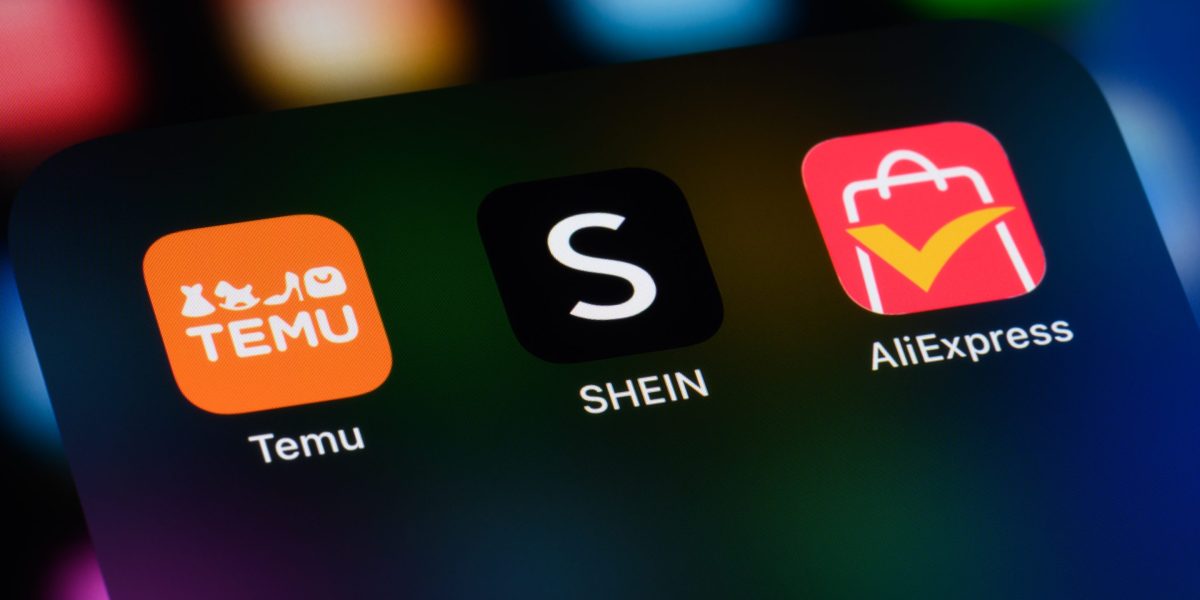Advertising firms are bracing for a pullback in clients’ marketing expenditure, with the outlook for 2025 appearing increasingly muddled for the industry.
Though companies like Paris-based Publicis Groupe SA and New York-headquartered Omnicom Group Inc. both recently dispelled the idea that tariff uncertainty had already squeezed clients’ marketing budgets, they did not dismiss the possibility of a bumpy road ahead.
“Of course, many of our clients are facing a very challenging situation due to uncertainty on tariffs, rising inflation and a geopolitical context that is more volatile than ever,” Publicis Chief Executive Officer Arthur Sadoun said on a call with analysts. Though this hasn’t yet materialized in the company’s numbers, “we could experience cuts from several clients across many industries for the rest of the year,” he added.
Some companies are already tightening budgets. Forvia SE, a supplier of automotive parts, slashed marketing and travel expenses as it expects tariffs to hurt business. “Any external cost, any cash that runs out of the company is under strict scrutiny right now,” Chief Financial Officer Olivier Durand said on an earnings call.
The car industry, one of the sectors most vulnerable to a trade war, is likely to lead the way in curtailing ad spend, according to Bernstein analyst Annick Maas.
“It’s a very logical and first place to cut back in uncertain or lousy environments because it’s a lot easier to cut back your advertising budget versus firing people or shutting down locations,” Craig Huber, equity research analyst at Huber Research Partners, said.
The flexible nature of marketing spending led Omnicom to take a cautious approach to its outlook, lowering the bottom end of its organic growth range to 2.5% from 3.5% previously.
Publicis reiterated its full-year guidance of organic net sales growth of 4% to 5%, with 4% being a “solid floor” that prices in the current economic climate, Sadoun said. Analyst expectations currently sit below the midpoint of the range. Estimates and investor sentiment will continue to factor in the possibility of a sharp downturn in economic activity in the second half of 2025, Bloomberg Intelligence’s Matthew Bloxham said.
WPP Plc said it hadn’t seen clients pulling back on advertising due to tariffs yet, though warned that sales this year would remain flat or decline as much as 2%.
“Uncertainty is not great for business confidence, and that’s what we were talking about when we gave our guidance for the year,” WPP CEO Mark Read said in an interview Friday.
Interpublic Group of Cos Inc., whose acquisition by Omnicom is set to be completed this year, said the media market has been steady so far in April and the consumer has been resilient. “If the economy slows, we would see it in projects because they’re somewhat more discretionary, or digital spend that you can action more quickly,” CEO Philippe Krakowsky said on a call with analysts. “But at this point, everybody’s trying to understand when there’ll be some measure of clarity.”
Previous Experience
Companies may be loath to make drastic budget cuts for fear of falling out of favor with consumers. “If these advertisers learned anything in the financial crisis and during Covid, it was that those firms that pulled back dramatically on advertising hurt their longer term outlook,” Huber said.
It’s “counterintuitive” to cut advertising in a time of economic stress because that’s exactly the time when it’s good to market to consumers that are being more strict with their budget, according to Bernstein’s Maas. Advertising did tend to be cut first in past recessions, which hurt the likes of Publicis, IPG and Omnicom.
“If you only have 3,000 clients and thousands of your clients are are having budget pressure, it’s impacting you more than if you have thousands and thousands of clients,” Maas said.
Even if drastic cuts don’t materialize, advertisers will be more tactical with their spending, focusing on retail media networks, artificial intelligence-powered tools and other digital-first campaigns, while leaning away from splashy TV ads, Scotiabank analyst Nat Schindler wrote in a note earlier this month.
Alphabet Inc.’s search advertising business generated sales of $50.7 billion in the first quarter, ahead of analyst estimates. The insurance, retail, health care and travel industries helped buoy the unit, executives said on an investor call. Digital advertising peers Meta Platforms Inc. and Amazon.com Inc., which report next week, will have a high bar to clear as investors look for signs of a slowing ad market.
The second quarter “is shaping up to be about control, caution and conversions,” Schindler said. “For advertisers, that means maintaining spend where outcomes are clear, and dialing back where they aren’t.”
This story was originally featured on Fortune.com
Source link

 Politics8 years ago
Politics8 years ago
 Entertainment8 years ago
Entertainment8 years ago
 Entertainment8 years ago
Entertainment8 years ago
 Entertainment8 years ago
Entertainment8 years ago
 Tech8 years ago
Tech8 years ago
 Tech8 years ago
Tech8 years ago
 Tech8 years ago
Tech8 years ago
 Tech8 years ago
Tech8 years ago







